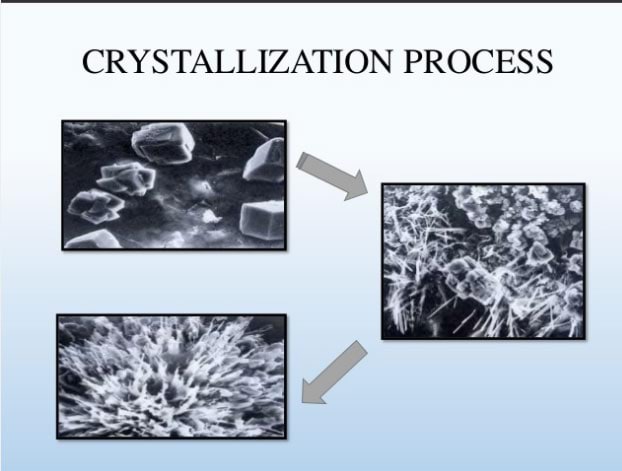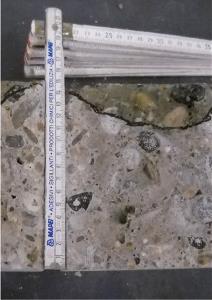Sustainable concrete is the question?, Mapei Concrete Admixtures are the answer.
by Jagadeesh Peruri educational supportThe use of sustainable, durable materials is becoming an increasingly real need since the consumption of the natural resources available must be reduced.
A sustainable approach is to improve the durability of concrete to reduce maintenance cost, save energy and materials. If we could extend the service life from 50 years to 150 years or more, we could postpone for 100 years the costs connected to the consumption of natural resources.
Concrete can be made more durable by reducing the permeability of hardened concrete. As per ACI 212.3R.10, Permeability Reducing Admixtures or PRA’s are classified in three classes. These admixture classes are:
- Hydrophobic or water-repellent;
- Mineral fillers;
- Crystalline materials.
Further to the above admixture classes, the ACI 212.3R.10 describes these admixtures as:
- The water-repellent admixtures, based mostly on fatty acids, oils or wax emulsions are effective in “reducing the absorption and ingress of chlorides into concrete, but usually only under non-hydrostatic conditions (PRAN).
- The mineral fillers such as talk, bentonite, lime or alkaline silicates may “shrink the pores of the concrete and restrict the water passage”. These mineral fillers are also classified as PRAN’s and do not fully block all pores;
- Crystalline-based admixtures (PRAH) are hydrophilic, reacting with the cement matrix, forming crystals. These crystals block the concrete pores, improving the “concrete’s ability to resist water penetration under pressure”. The crystalline-based admixtures are mostly considered suitable in concrete structures with severe waterproofing applications.
MAPEI’s Solution
Idrocrete KR 1000 a powder admixture made from special hydrophilic components which, when added to a concrete mix, reduces the permeability of hardened concrete.
This crystalline based admixture is categorized as PRAH and hence resists water penetration under pressure.

Laboratory tests have shown that adding Idrocrete KR 1000 to
concrete reduces its level of capillary absorption and makes it more resistant to the hydrostatic pressure.
MECHANISM: On adding water to concrete mix with Idrocrete KR 1000, Idrocrete KR 1000 reacts with the calcium hydroxide and other products that are formed during the hydration process of the cement, to generate compounds of calcium silicate and other non-soluble salts. These crystalline compounds and calcium silicate hydrate are deposited in the voids of the cement matrix and reduce its total porosity, thereby increasing the resistance of the concrete to the penetration of water under pressure.
APPLICATIONS:

Idrocrete KR1000 can be successfully used to produce concrete for the following applications:
• dams;
• bridges;
• car parks;
• storage tanks;
• pipes and piles;
• retaining walls;
• tunnels;
• marine structures;
• basements and foundations;
• swimming pools;
• precast elements; etc.
For best results, Idrocrete KR1000 must only be used in concrete that has been correctly designed with two basic rules to produce impermeable concrete, water/cement ratio of less than 0.5 and adequate wet curing time.
The crack bridging ability of Idrocrete KR 1000 allows closing microcracks up to 0.4 mm.
APPLICATION METHOD: Idrocrete KR 1000 is added to the concrete mix just like any other type of powder admixture. The product must be added in the concrete mixer or the truck mixer together with all the other components (cement, admixtures and aggregates). Once Idrocrete KR 1000 has been added, we recommend extending the adequate mixing time so that the admixture is evenly blended throughout the mix.
COMPATIBILITY: Idrocrete KR 1000 is compatible with all WR and HRWR admixtures; for quality concrete, we recommend the use of Mapei concrete admixtures-Mapeplast, Mapefluid and Dynamon ranges.
DOSAGE: The recommended dosage rate for Idrocrete KR 1000 is 1 to 3 % by weight of cementitious materials. For best results, we recommend laboratory trials with site raw materials at a different dosage.
Sponsor Ads
Created on Aug 19th 2020 00:26. Viewed 386 times.




